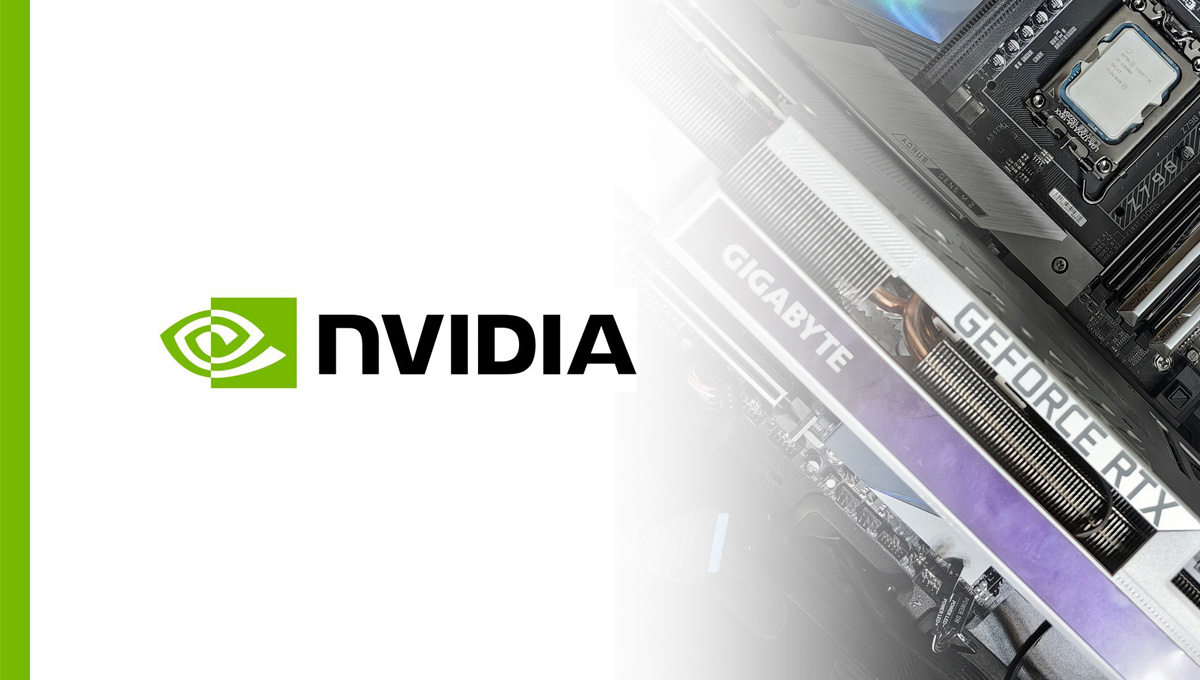Nvidia’s remarkable success in technology innovation and market leadership can largely be attributed to its multifaceted brand strategy. This blog post explores the critical elements that maintain Nvidia at the forefront of the graphics processing unit (GPU) and artificial intelligence (AI) industries.
Understanding Nvidia’s Brand Positioning
Nvidia’s brand positioning is crucial for its ability to differentiate itself in a crowded technology landscape. It is a reflection of how consumers perceive the company in relation to its competitors, influencing market presence and recognition.
Interested in data on top US companies?
Save tens of hours in 2 minutes with some of our best-selling Excel files:
- Innovation and Quality: Nvidia consistently associates its brand with state-of-the-art technology. By investing heavily in research and development, the company ensures that it delivers high-performance products that stand out in the marketplace, creating a perception of reliability and excellence.
- Target Audience: Nvidia skillfully targets a diverse audience, including gamers, data scientists, AI researchers, and even professionals in film and automotive industries. This broad focus allows Nvidia to tailor its products and marketing messages, driving higher engagement and satisfaction across multiple consumer segments.
- Strategic Partnerships: Collaborations with key players like Microsoft, Dell, and gaming consoles such as Xbox and PlayStation allow Nvidia to increase its visibility, expand its market reach, and create seamless experiences for customers through integrated technology.
- Brand Identity: A consistent and recognizable brand identity—highlighted by its signature green color scheme and logo—cements Nvidia’s status in consumers’ minds, making it a go-to choice amidst a myriad of tech offerings.
These foundational elements illuminate how effective brand positioning leads to sustained business growth.
The Importance of Product Differentiation
Product differentiation is a pivotal strategy for Nvidia, enabling it to stand apart from competitors and capture a loyal customer base.
- Advanced Technology: Proprietary innovations such as RTX (Ray Tracing Technology) and DLSS (Deep Learning Super Sampling) elevate the gaming experience, while also pushing boundaries in sectors like virtual reality and AI applications, making Nvidia’s offerings essential for tech enthusiasts.
- Diverse Product Lines: Nvidia provides a comprehensive portfolio, including high-end GPUs for gamers, professional visualization tools for creative industries, and specialized processors for AI and machine learning. This diversity caters to various audience needs and preferences.
- Brand Loyalty: Its commitment to quality and performance fosters an ecosystem of loyal users who appreciate Nvidia’s technological advancements, driving repeat purchases and long-term relationships.
- Innovative Ecosystem: Nvidia’s holistic ecosystem encompasses software and services, such as the GeForce Experience for gamers and CUDA for developers, which facilitate optimization and enhance user interaction across platforms.
For businesses, understanding the significance of product differentiation can unlock new pathways for distinction in a competitive market.
Nvidia’s Marketing Strategies
Nvidia’s marketing strategies are pivotal for creating brand awareness and customer engagement. The approaches employed highlight the need for innovative tactics to attract and retain customers.
- Content Marketing: The company excels in producing a vast array of high-quality content, including instructional videos, blogs, and product demos that cater to the interests of gamers and tech enthusiasts, reinforcing its position as a thought leader.
- Influencer Collaborations: By partnering with well-known gaming influencers and streamers, Nvidia increases brand visibility, bolsters credibility, and engenders trust within the gaming community, leading to higher conversion rates.
- Community Engagement: Nvidia actively fosters a sense of community by initiating forums, hosting events such as the annual GPU Technology Conference (GTC), and gathering feedback that helps shape future products, strengthening the bond with its user base.
- Interactive Campaigns: Engaging customers with interactive campaigns featuring competitions and user-generated content not only enhances community spirit but also creates buzz and excitement around new product launches.
By studying Nvidia’s marketing tactics, businesses can devise their strategies to build brand loyalty and a vibrant community.
Sustainable Practices and Social Responsibility
With increasing consumer awareness and demand for corporate accountability, Nvidia embraces sustainability and social responsibility as pivotal components of its brand strategy.
- Green Initiatives: Nvidia has made significant strides in reducing its environmental impact, committing to energy-efficient practices, sustainable product design, and the use of renewable energy in operations, appealing to eco-conscious consumers.
- Community Support: Through investments in STEM education and partnerships with academic institutions, Nvidia nurtures future talent in technology, reinforcing its reputation as a socially responsible corporate entity.
- Diversity and Inclusion: Nvidia prioritizes a diverse and inclusive workplace, reflecting its commitment to creating opportunities for underrepresented communities within the tech industry and enriching its corporate culture.
Companies that integrate sustainable practices and social responsibility not only fulfill ethical obligations but also resonate with modern, values-driven consumers.
The Role of Customer Experience
Providing an exceptional customer experience (CX) is integral to fostering loyalty and buyer satisfaction, forming the foundation of a lasting relationship with consumers.
- User-Centric Design: Nvidia focuses on creating intuitive products with user-friendly interfaces that streamline navigation and enhance usability, ensuring customers have positive interactions with their offerings.
- Technical Support: Delivering comprehensive customer service through diverse channels—such as chat, support forums, and extensive troubleshooting resources—builds trust and helps resolve issues promptly.
- Feedback Integration: Nvidia actively seeks input from its user base to inform product development, signifying a commitment to meeting customer needs and preferences while driving continuous improvement.
- Personalized Experiences: Utilizing data analytics to tailor customer interactions and recommendations enhances engagement, improving customer satisfaction and driving repeat business.
Brands that prioritize a holistic and seamless customer experience can significantly boost loyalty and satisfaction.
Nvidia’s multidimensional brand strategy provides profound insights into achieving sustained market leadership and innovation. By recognizing the value of brand positioning, product differentiation, effective marketing, sustainable practices, and robust customer experience, other businesses can glean vital lessons to improve their operations and foster growth. Implementing these principles strategically can set a company on a path to industry excellence.
How does your brand approach these principles? Share your thoughts in the comments!






![Top 1200 UK Companies [FTSE All-Share + FTSE AIM All-Share] – Excel Download](http://store.disfold.com/wp-content/uploads/sites/11/2024/05/top-1200-uk-companies-ftseallshare-aimallshare-small.jpg)
![Top 500 Australian Companies [All Ordinaries] – Excel Download](http://store.disfold.com/wp-content/uploads/sites/11/2021/04/top-500-australian-companies-allordinaries-small.jpg)